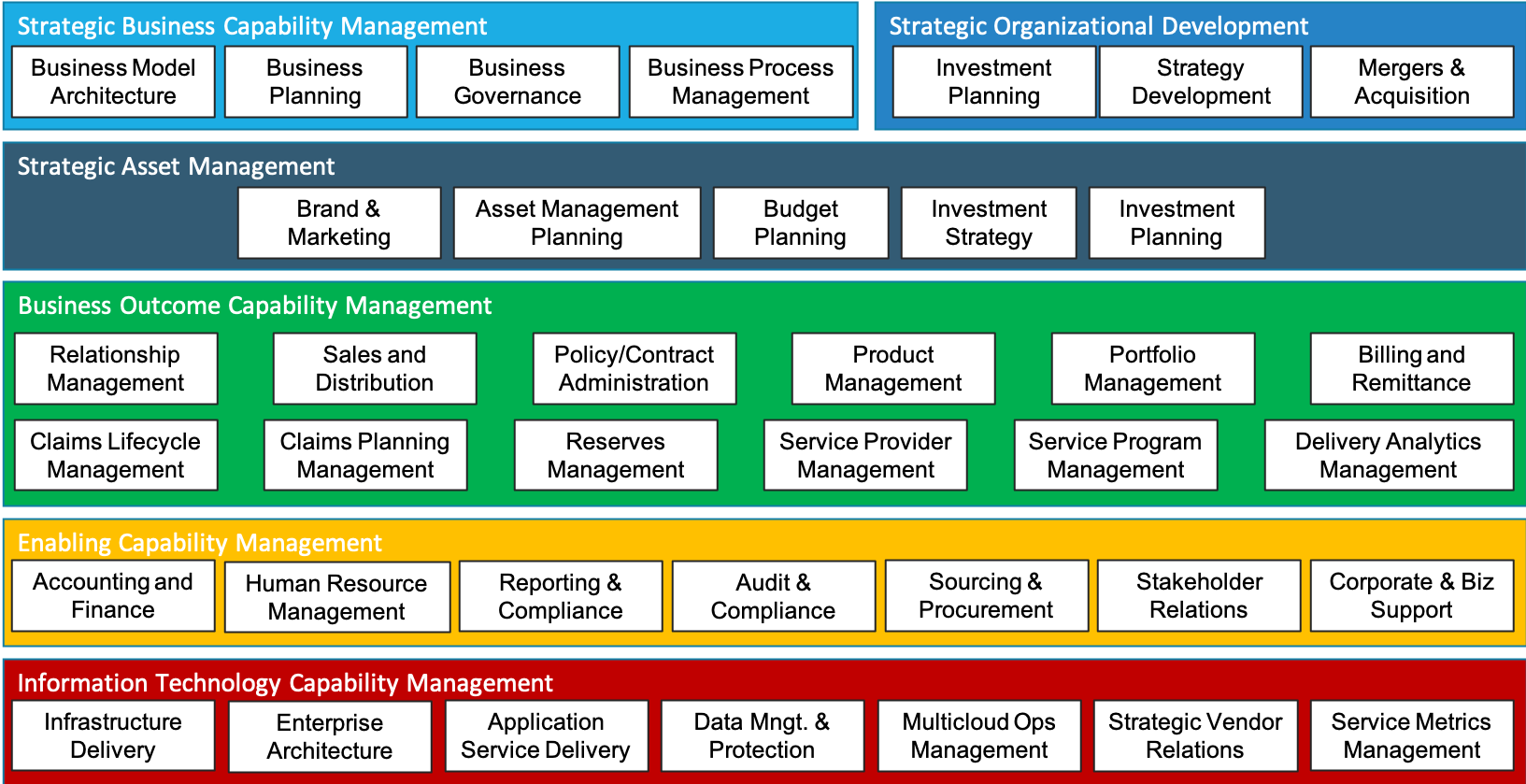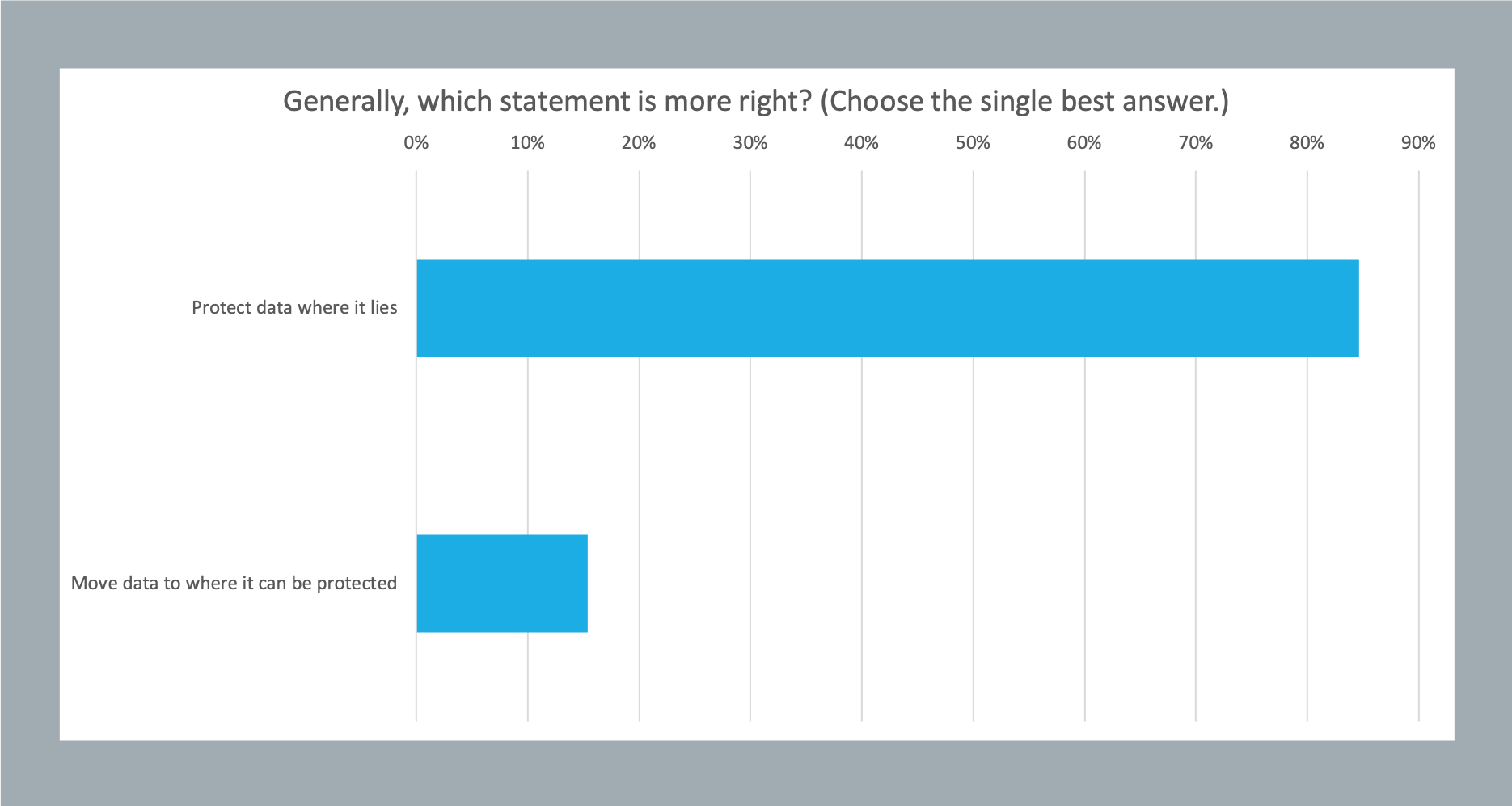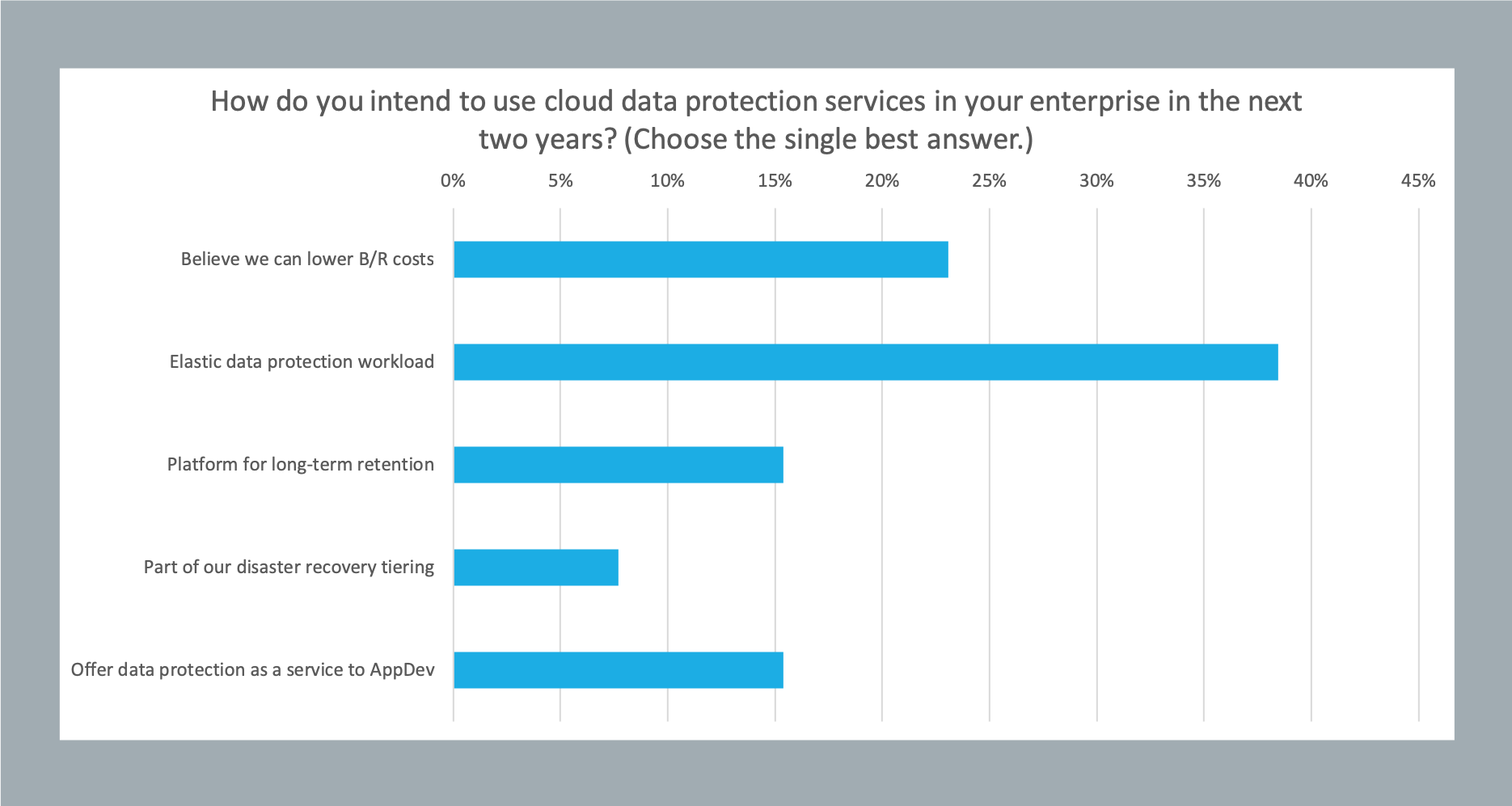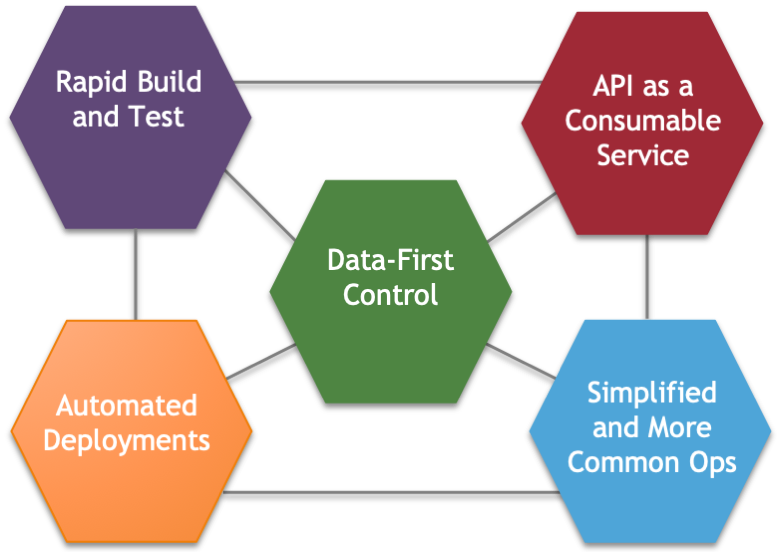 SECURITY
SECURITY
 SECURITY
SECURITY
 SECURITY
SECURITY
This analysis is from Wikibon, SiliconANGLE Media Inc.’s market research firm. There’s much more analysis and research at Wikibon.com.
Premise. Enterprises moving to the cloud must sustain necessary information technology capabilities. At the same time, digital business transformation increases the importance of some IT capabilities. Data protection, in particular, is an IT capability that becomes more important in a digital business – and more challenging in a multicloud environment. Digitally transforming large enterprises requires a clear approach to multicloud data protection.
Data protection is moving from historically being an IT task to a strategic business imperative. The reason is simple: As businesses undergo digital business transformations, they must treat their data – the basis for any digital business strategy – as a valuable asset. Like any asset, data must be protected to establish data quality, availability, and integrity. Indeed, Wikibon’s clients increasingly agree that in a digital business world, data protection is evolving into digital business protection.
However, data isn’t like other assets. Data can be copied, shared, and moved at almost zero cost and with zero loss of fidelity. Indeed, the challenge for digital businesses is to appropriately privatize data, ensuring that the business can control how and for whom its data creates value – and risk. The tactical backup/restore legacy of data protection tooling is morphing into a strategic imperative for data asset management.
The emergence of cloud makes the data protection problem more complex – and more strategic. Increasingly, an enterprise’s core data is associated with a SaaS application or a multitenant cloud relationship. Cloud can accelerate application delivery, which is a very good thing for a business, but often the developers or application owners pushing for speed undervalue the need for operationally sound and certain data protection. Decisions regarding data asset exploitation and protection are among the most important facing any digital business. Only a strategic approach to data protection can optimally generate the returns and limit the risks of digital business options.
Amidst digital business change, enterprise leaders and IT professionals are exploring different avenues to satisfy their digital business imperative. To understand the paths they’re taking, Wikibon conducted a series of CrowdChats, online gatherings of the Wikibon community, about multicloud data protection. On Nov. 8, 37 members of the Wikibon community gathered to discuss multicloud data protection, reaching more than 850,000 IT decision makers. On Jan. 29, Wikibon conducted a second CrowdChat on the relationship between data protection and emerging multicloud operating models or MOMs. That CrowdChat included 41 industry experts who collectively reached 1.1 million IT professionals and produced the survey data presented in this Voice of the Community paper.
Every business organizes its people, engagement practices, workflows, and business models around the assets it considers differentiating and valuable. Increasingly, Wikibon clients use the notion of “strategic business capability” to describe how assets, organization and actions are sustainably aligned to ensure that the business can efficiently and effectively perform the essential work demanded by customers, markets and legal environments (see Figure 1). An insurance company, for example, requires the capability to manage claim lifecycles, or it will cease to exist. Fully formed “capability networks” describe how a firm’s map of capabilities – which can easily number 200 or more at a high level of abstraction – work together to serve a business’s mission and stakeholders.

Figure 1. Example map of strategic business capabilities, emphasizing IT
Historically, IT capabilities have been treated as “enabling business.” These include capabilities like application delivery, resource management, performance and change management, tech service and process management, and tech support. Though connected to almost all other business capabilities through the business’s information flows and exploitations, IT capabilities often aren’t regarded as “strategic” because the business value they produce typically shows up as increased productivity in other functions like finance, sales, and marketing.
However, the most fundamental difference between a business and a digital business is that a digital business uses data assets as an organizing principle (if not the organizing principle) for an enterprise’s value proposition, engagement practices and profit-making operations. Every business, therefore, must invest in strategic business capabilities that can efficiently and effectively perform new classes of digital business work. In terms of IT functions, business capabilities that become strategic include capabilities like cybersecurity, strategic vendor management – and data protection.
Data protection has a decidedly unsexy past, but Wikibon believes it has a smoking hot future. Data protection began with a focus on recovering from standalone hardware failures. During this period, the main concerns (in addition to cost) were (1) how much work did you lose (recovery point) and (2) how long does the recovery process take (recovery time). As the relationship between application availability and business performance matured, disaster recovery and business continuity were added to the data protection taxonomy. Consequently, data protection has evolved to provide important security and data movement functions. Most recently, the emergence of privacy ethics and regulations such as Europe’s General Data Protection Act has added the need for greater data management services. As a result of these changing demands, most members of the Wikibon community expect to expand investments in data protection (see Figure 2).

Figure 2. Data protection more important
However, as enterprises adopt multicloud architectures, the evolution of data protection will enter into a new, strategic phase for business. Why? Because:

Figure 3. Multicloud data protection operating model
The centrality of data in digital business models demands a modernized approach to data protection. But the key word here is “modernization.” Data protection technologies will specialize based on the characteristics of the data that must be protected. This includes data associated with high-value traditional applications or HVTA that run today’s business operations. Businesses must weave together a data protection capability that doesn’t force application migrations just to fit one or another bucket of cloud services. The need for a more modern approach to data protection is driving investment in these technologies, according to the Wikibon community (see Figure 4).

Figure 4.Cloud data protection service objectives
Wikibon believes that enterprises will have three broad alternatives to establishing a strategic data protection capability (see Figure 5). They are:

Figure 5: Three data protection capability options
Wikibon believes a federated approach to establishing a multicloud data protection capability will work best for most enterprises. Ideally, it becomes part of the enterprise’s plan for establishing a multicloud operating model (see Figure 6). That means:

Figure 6. A strategic data protection capability is core to a multicloud operating model (MOM)
Action Item. Enterprises driving for the benefits of digital business models must evolve their approach to data protection. Specifically, data protection must be elevated to the strategic status to ensure data integrity and security and assure data availability, especially as new application forms emerge. Although piecemeal approaches to data protection can work, they typically engender higher costs and sacrifice overall reliability. Instead, chief information officers should push their enterprises to invest in a federated data protection technology model that provides local autonomous operation under global control.
Support our mission to keep content open and free by engaging with theCUBE community. Join theCUBE’s Alumni Trust Network, where technology leaders connect, share intelligence and create opportunities.
Founded by tech visionaries John Furrier and Dave Vellante, SiliconANGLE Media has built a dynamic ecosystem of industry-leading digital media brands that reach 15+ million elite tech professionals. Our new proprietary theCUBE AI Video Cloud is breaking ground in audience interaction, leveraging theCUBEai.com neural network to help technology companies make data-driven decisions and stay at the forefront of industry conversations.